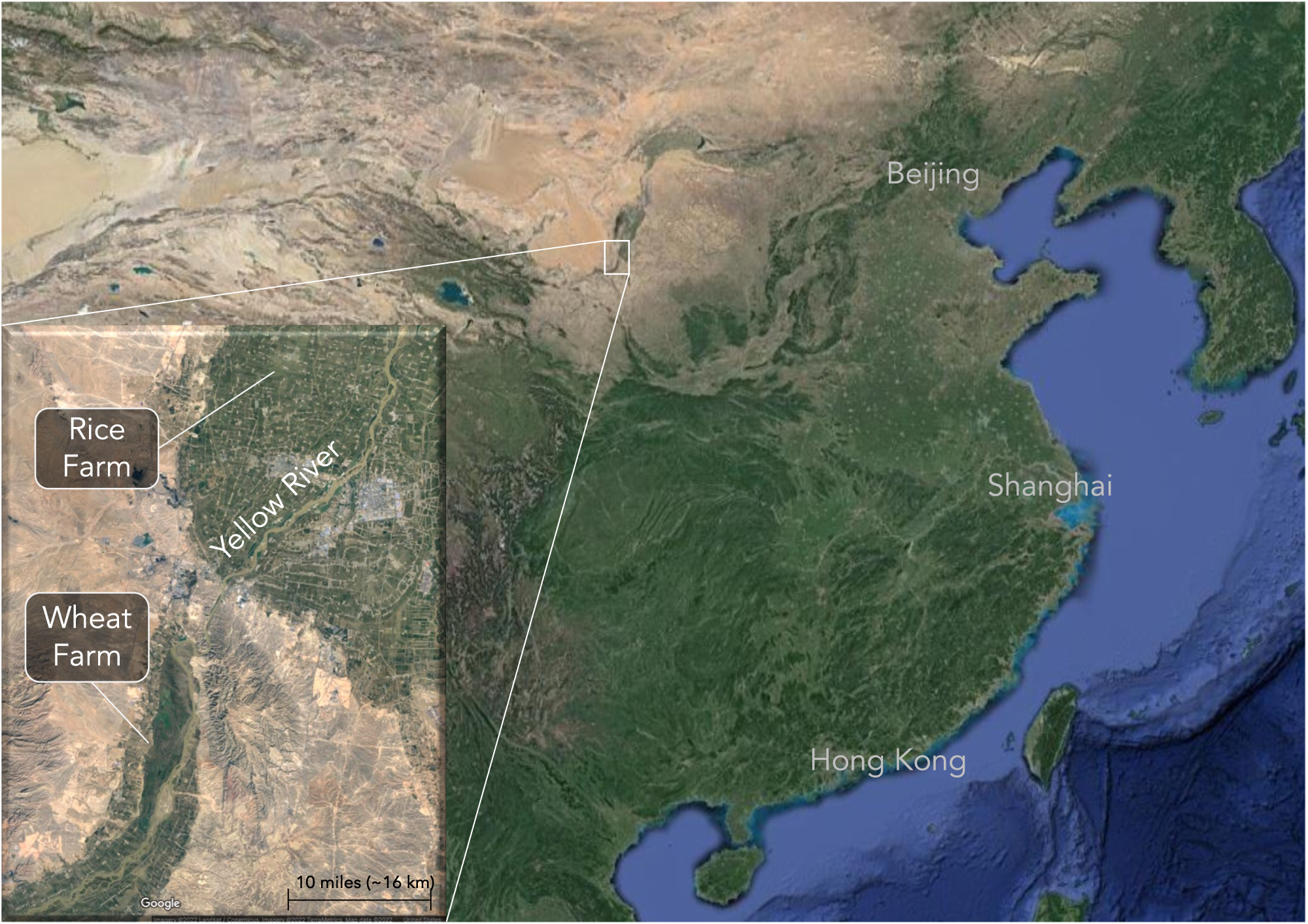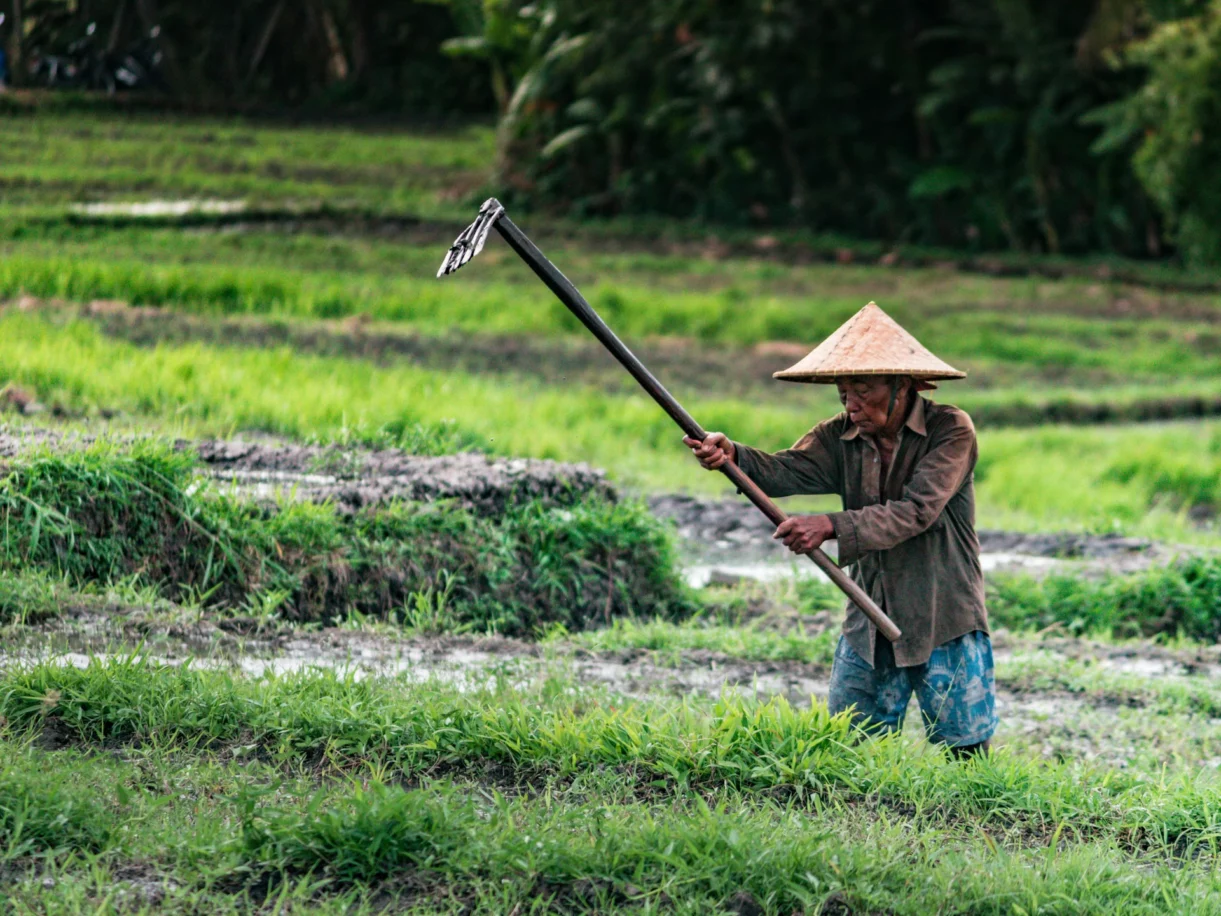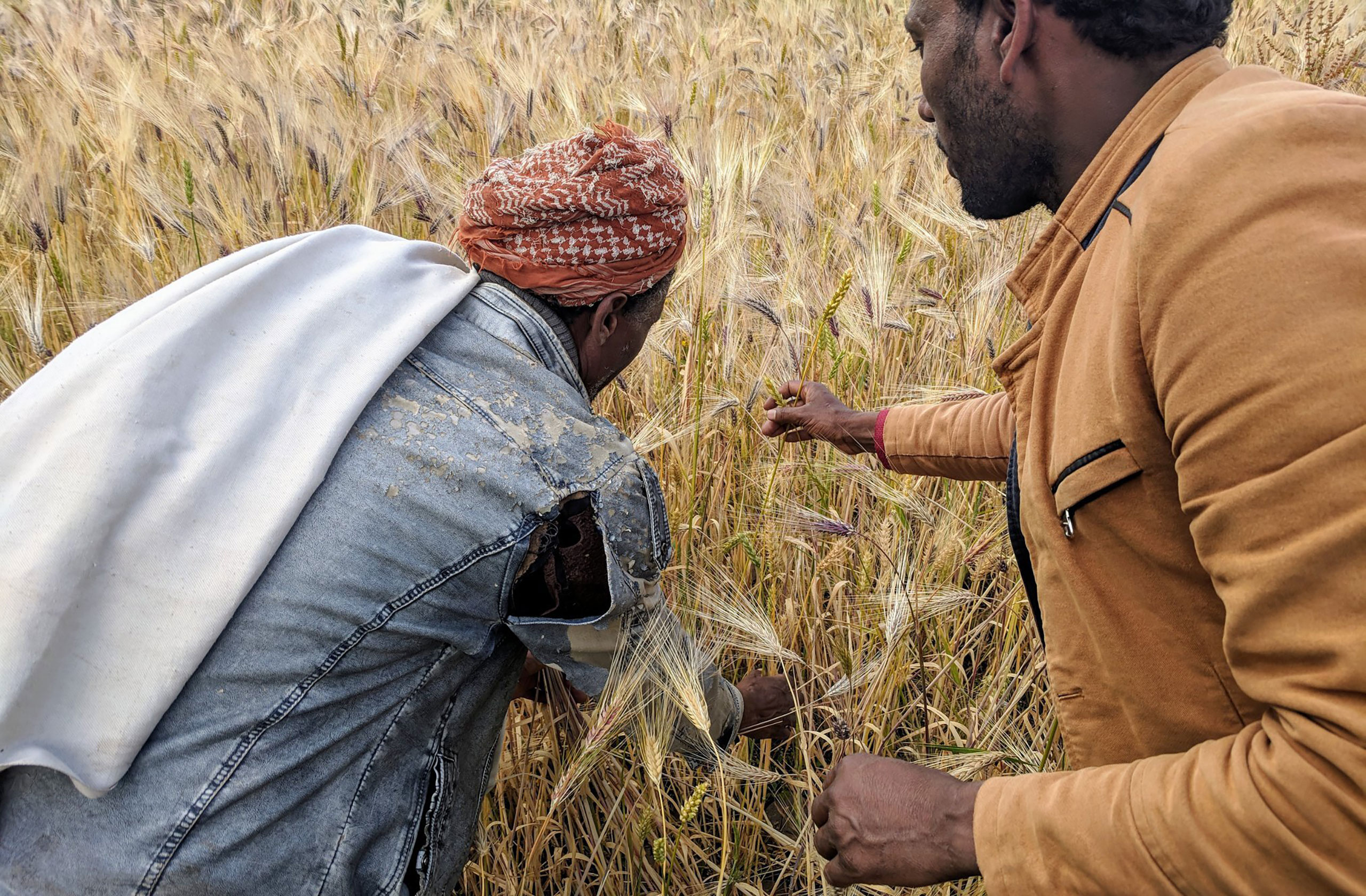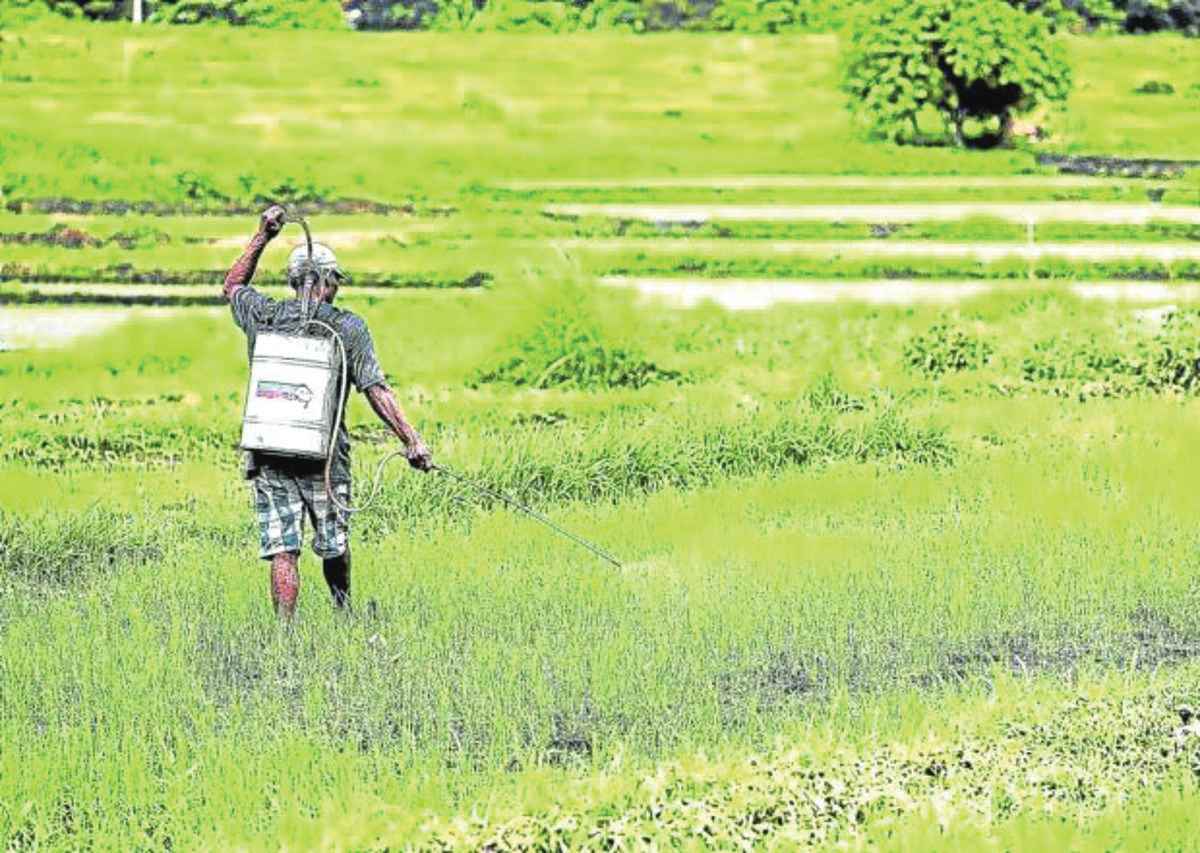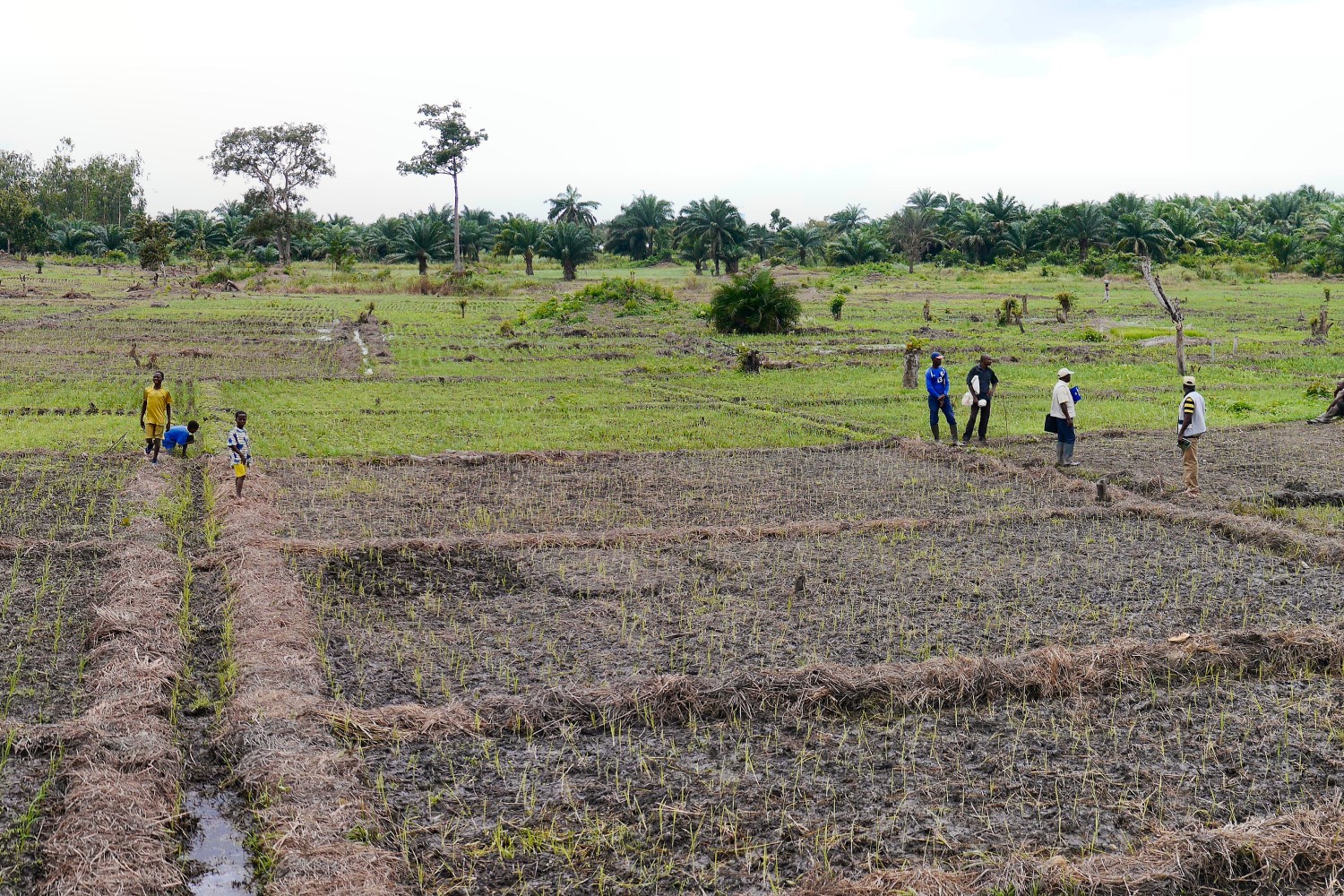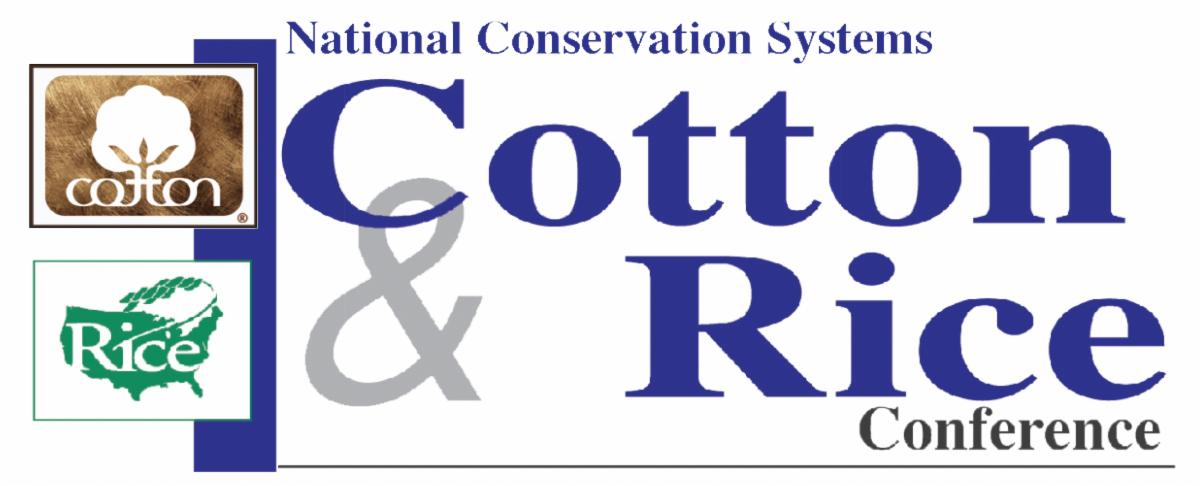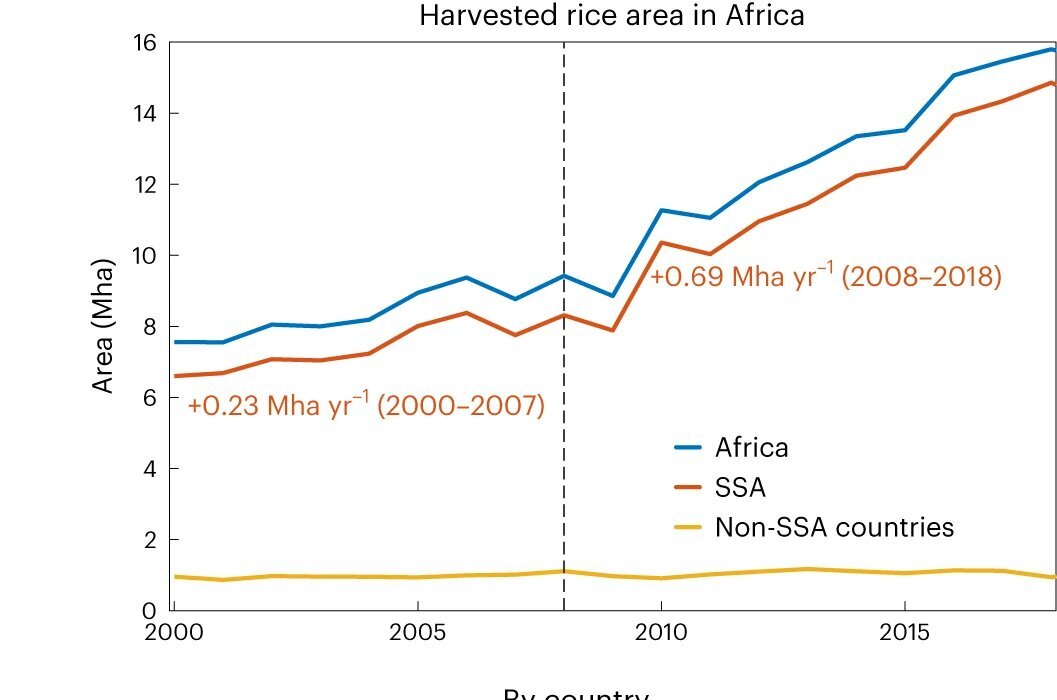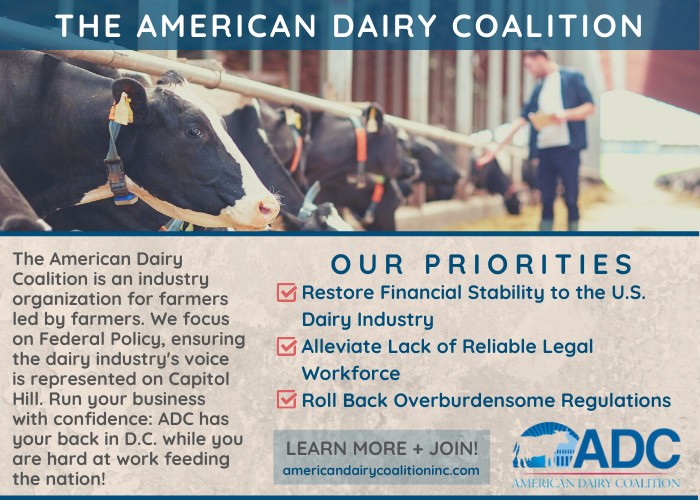03/08/2024 SOURCE: www.nature.com
Nature Communications - According to the rice theory, the demands of rice farming might make cultures more collectivistic. Here the authors provide evidence in support of this theory by showing...
People quasi-randomly assigned to farm rice are more collectivistic than people assigned to farm wheat
-
(0)
-
Bookmark
- Comments. (0)
02/14/2024 SOURCE: www.sei.org
This paper analyses the challenges of various types of capital assets to Indigenous rice farming in Indonesia and the Philippines.
Are capital assets under pressure? The state of and challenges to Indigenous rice farming in the cultural ricescapes of Indonesia and the Philippines
-
(0)
-
Bookmark
- Comments. (0)
02/14/2024 SOURCE: anderson-review.ucla.edu
Raising the crop is a communal project, more so than the work of wheat farmers, who’re less attuned to feelings of others
Why Offspring of Rice Farmers Are Better at Detecting Emotions - UCLA Anderson Review
-
(0)
-
Bookmark
- Comments. (0)
 John LaRose Jr.
John LaRose Jr.
Topics: Wheat, Rice, Agriculture Global, Food Security/Shortage,
Can we feed the world by going with the grains? - Clark Now | Clark University
A Clark University professor is part of an international research project to determine whether Ethiopian farmers’ age-old practice of planting and harvesting traditional grain mixtures could offer a climate-resilient […]
-
(1)
-
Bookmark
- Comments (0)
02/06/2024 SOURCE: www.panaynews.net
MABALACAT City – To significantly increase rice and eventually become self-sufficient in rice production, Vietnamese methods and technologies should be adopted in the Philippines, President Ferdinand Marcos Jr. said on Saturday. Marcos, who was in Mandasig village in this town to lead the ceremonial palay harvesting and the distribution of assistance to farmers, recalled that […]
PH to adopt Vietnamese methods to hike rice production
-
(0)
-
Bookmark
- Comments. (0)
02/06/2024 SOURCE: www.wur.nl
Rice production in Africa is in urgent need of intensification to meet future demand. This is to prevent the continent from becoming largely dependent on the import of rice or significant portions of farmlands being used for cultivation. Research shows there is potential to make rice production more efficient if the current farming methods are improved.
African rice production must become more efficient to prevent large-scale import and cultivation
-
(0)
-
Bookmark
- Comments. (0)
 Mid-America Farmer Grower / MAFG.net
Mid-America Farmer Grower / MAFG.net
Topics: Corn/Maize, Rice, Soybeans, Cotton, Agriculture US, Crop Consultant, Sustainability, Sweet Corn, Regenerative Agriculture,
Attention: Farmers / Researchers / Industry
The Best Ag Education Event in 2024 Attention: Farmers / Producers Click To Learn More Now The National Conservation Systems Cotton and Rice, Southern Soybean and Corn, Delta States Irrigation, and
-
(1)
-
Bookmark
- Comments (0)
 Mid-America Farmer Grower / MAFG.net
Mid-America Farmer Grower / MAFG.net
Topics: Rice, Cotton, Agriculture US, Education U.S. MidWest, Sustainability, Regenerative Agriculture,
-
(0)
-
Bookmark
- Comments (0)
01/17/2024 SOURCE: phys.org
A team of engineers and atmospheric scientists at Harvard University, working with a colleague from the California Institute of Technology's Jet Propulsion Laboratory, has calculated the increased amount ...
Increase in rice farming in sub-Saharan Africa found to be producing rising amounts of methane
-
(0)
-
Bookmark
- Comments. (0)
 John LaRose Jr.
John LaRose Jr.
Topics: Rice, Agriculture Global, Research, Fertilizer,
Nitrogen fertilization application strategies improve yield of the rice cultivars with different yield types by regulating phytohormones
Scientific Reports - Nitrogen fertilization application strategies improve yield of the rice cultivars with different yield types by regulating phytohormones
-
(0)
-
Bookmark
- Comments (0)


